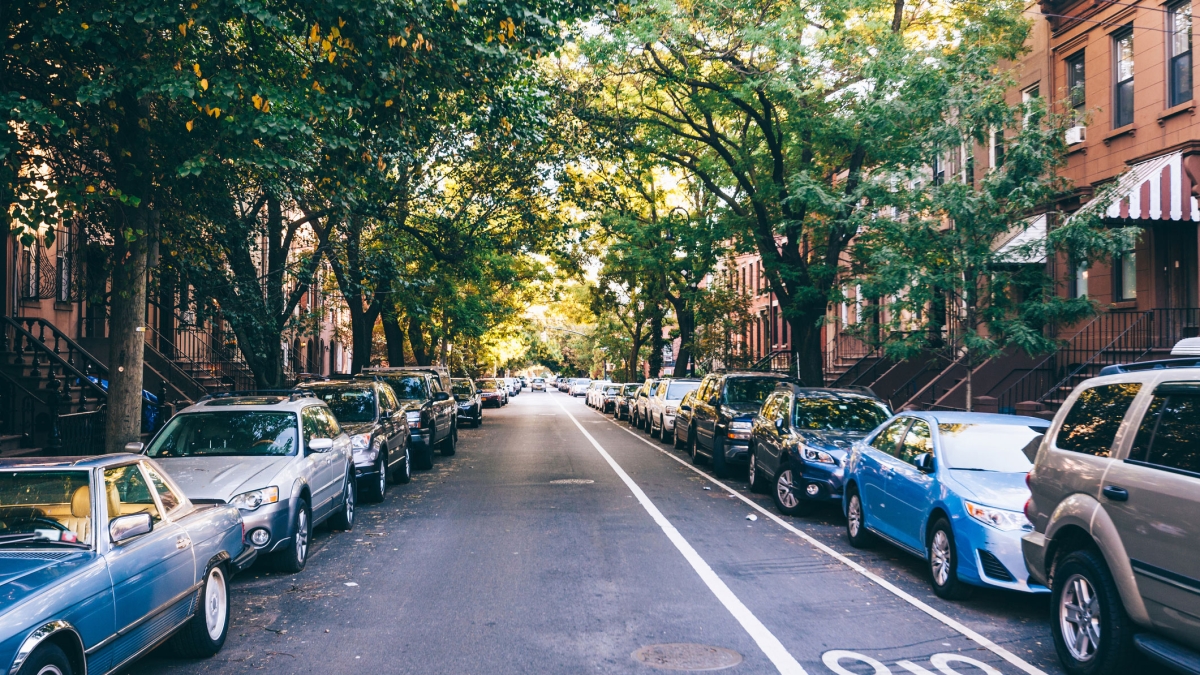For cities trying to shrink their carbon footprint, researchers at Arizona State University and a number of other institutions say one solution is to look at the emissions of individual buildings and communities, rather than cities as a whole.
In a recent commentary published in Nature, ASU researchers Kevin Gurney and Nancy Grimm, both with ASU School of Life Sciences, and the Ira A. Fulton Schools of Engineering’s Mikhail Chester, state that cutting carbon emissions by putting more electric cars on the road or generating more clean energy only fixes a small percentage of global urban CO2 emissions.
According to the scientists, if city managers handled emissions the same way they handled regional development, transport planning and waste disposal — at the scale of a house or road — it would be easier to see where a city’s “carbon hot spots” are located. From there, city officials could target their efforts to curb emissions in areas that are actually contributing most to the problem of greenhouse gas emissions.
The problem with this method, however, is that gathering such specific data is beyond the ability of most city planners. Despite this, the group of researchers suggests that city managers use data already being gathered by scientists from around the world. As long as the research community can translate the information into a form that is usable, the scientists say everyone will benefit.
Article: http://www.nature.com/news/climate-change-track-urban-emissions-on-a-hu…
Source: Nature
Editor's Note: Links are included for informational purposes only. Due to varying editorial policies, news publications may remove or change a link for archival purposes at any time without notice.
Top photo by cmart7327/iStock
More Science and technology

Making magic happen: Engineering and designing theme parks
The themed entertainment industry is widespread and diverse, encompassing everything from theme parks to aquariums, zoos, water parks, museums and more. The Theme Park Engineering and Design…

AI-equipped feeders allow ASU Online students to study bird behavior remotely
ASU Online students are participating in a research opportunity that's for the birds — literally. Online Bird Buddies is a project that allows students to observe birds remotely, using bird feeders…

National Humanities Center renews partnership with Lincoln Center for responsible AI research
The National Humanities Center has announced that Arizona State University's Lincoln Center for Applied Ethics is one of four organizations to receive funding for the second phase of their…
